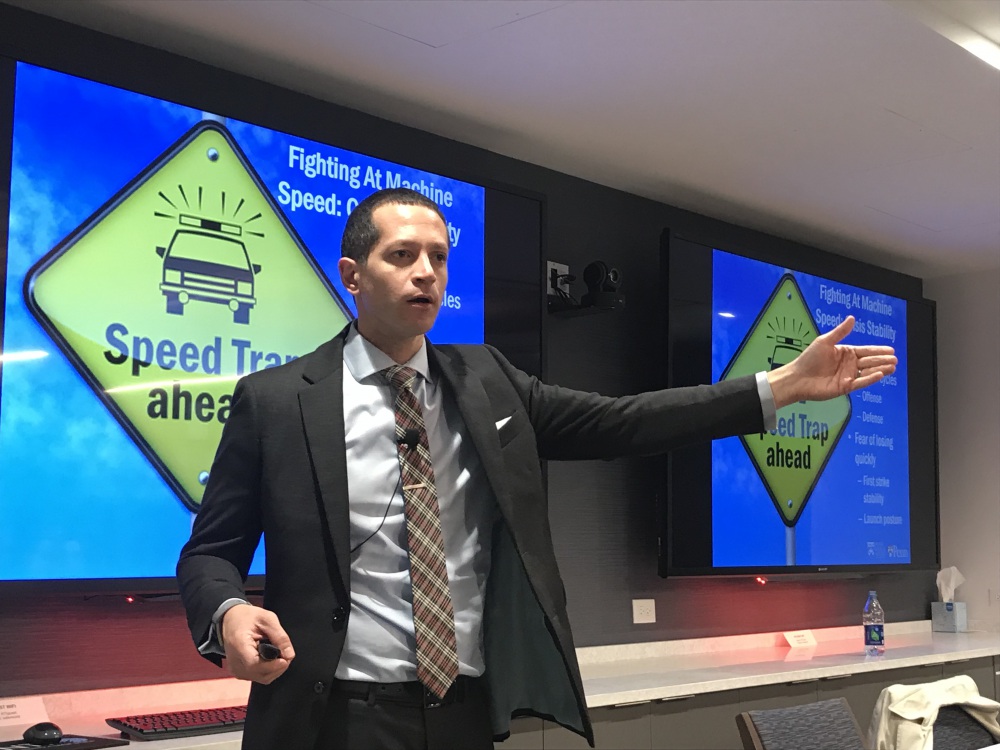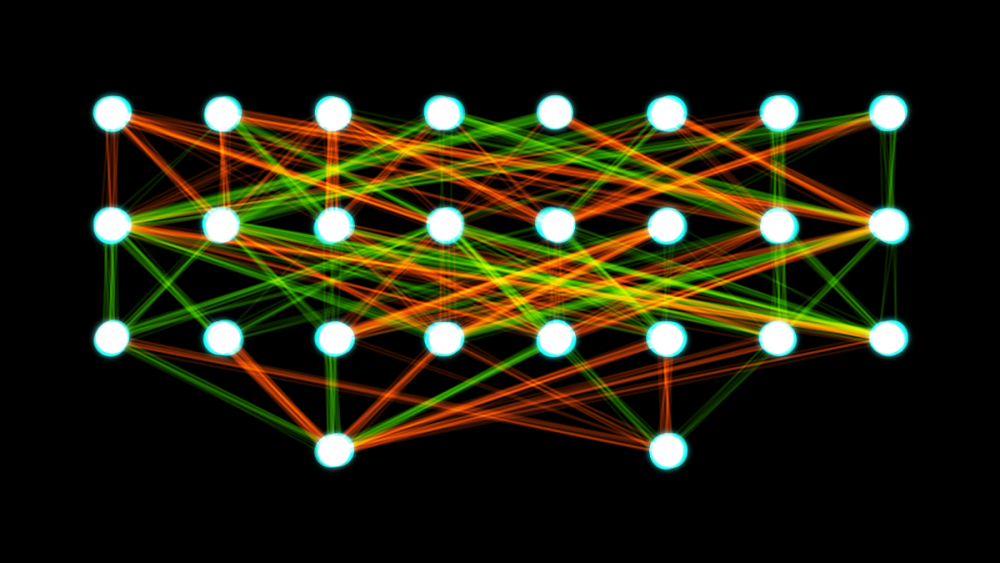This post was written by Katharina Brown, a FSI Global
Policy Intern on NTI’s Scientific and Technical Affairs team. Katharina is a
senior at Stanford University studying Computer Science with a focus on
Artificial Intelligence.
Today’s popular discussion of
artificial intelligence (AI) issues reflects the need to debate the
implications of new AI-driven technologies, like lethal autonomous weapons
systems or self-driving cars, before they become widely adopted. Although there
hasn’t been as much public debate on AI and machine learning (ML) in the
nuclear world, new ML research has the potential to disrupt the nuclear field,
and the security implications deserve discussion.
- In July 2018, researchers at the University of
Tokyo published a tool for
predicting the direction of radioactive material dispersion. Using datasets of
near-surface wind conditions labeled with correct directions determined by a
meteorological simulation, they trained a support vector machine (SVM) to
classify examples into four discrete directions.
A SVM extrapolates data into higher dimensions until it finds a clear boundary
between two categories, making it a useful tool for classification tasks like
this one. This approach had an average success rate of 85%, and was accurate in
predicting conditions up to 33 hours in advance. The researchers cited the
government’s struggle to respond to the 2011 Fukushima Daiichi Nuclear Power
Plant disaster as motivation for their work and expressed their hope that Japan
would adopt a similar model to inform crisis management, in order to make
better decisions on when and how to evacuate areas affected by a future release
of radiation.
- In 2017, researchers at Purdue University
published a new pipeline for
detection of tiny cracks in underwater surfaces at nuclear power plants. Using
a set of videos of underwater components, the approach aggregates data from
multiple frames of the video, uses a neural network
to identify potential cracks, and finally applies a probabilistic test to
filter out false positives caused by smudges, welds, or other normal features
of the equipment. This paper is only one example of the various machine
learning approaches
to fault detection in nuclear reactors published over the last two years.
These innovations are currently
academic projects, not yet solutions that have been adopted by industry or
government entities. That’s why now is the time to consider the security
concerns of ML approaches—before we ask technologies like these to inspect a nuclear
power plant or protect people from radiation dispersion.
ML security is distinct from
computer security because the fundamental characteristic of ML—using what’s
already been seen to deal with new problems—makes it a target of some unique
forms of exploitation. Attacking an ML system doesn’t require cracking
passwords or stealing data; it’s possible to generate malicious input
perfectly tailored to trick an ML system, even when the target’s algorithm and
training data are unknown. Even models that achieve high rates of
accuracy on a representative test data set can produce unexpected results when
they encounter data that’s deliberately manipulated or simply unusual. The more
we entrust critical issues to ML systems, the more serious the possible safety
or security consequences of mistakes by the system could be.
The offensive-defensive race to
control ML systems does not yet have a clear winner. Innovative techniques are
being developed to generate attacks automatically, as well as to improve
robustness against these threats. Even more importantly for critical
applications, researchers are investigating ways to verify ML models, or guarantee
a certain level of performance even against adversarial inputs. This dynamic research area deserves attention
and support, especially from industries that have an interest in adopting ML
for safety- or security-sensitive work.
Rather than wait for the world to
be transformed by AI in the distant future, we should pay careful attention to
shaping the field’s progress in a more secure direction, especially when it
comes to applications as vitally important as nuclear.
There
were six SVM’s, each one tasked with discriminating between only two of the
labels (a “one-versus-one” approach). An SVM works by finding the largest
possible margin separating two categories, so to account for more than two
categories as in this case, multiple SVMs are needed.
The type of neural network used, a convolutional neural network (CNN), is
commonly used in image processing. It works by repeatedly applying mathematical
transformations (“convolutions”) to the input in order to extract features that
can be used to identify similar images.
Of
course, ML systems can also be vulnerable to the same threats as any other
system – if the attacker does manage to steal the model’s training data, for
example, they have a significant advantage in crafting an attack.




